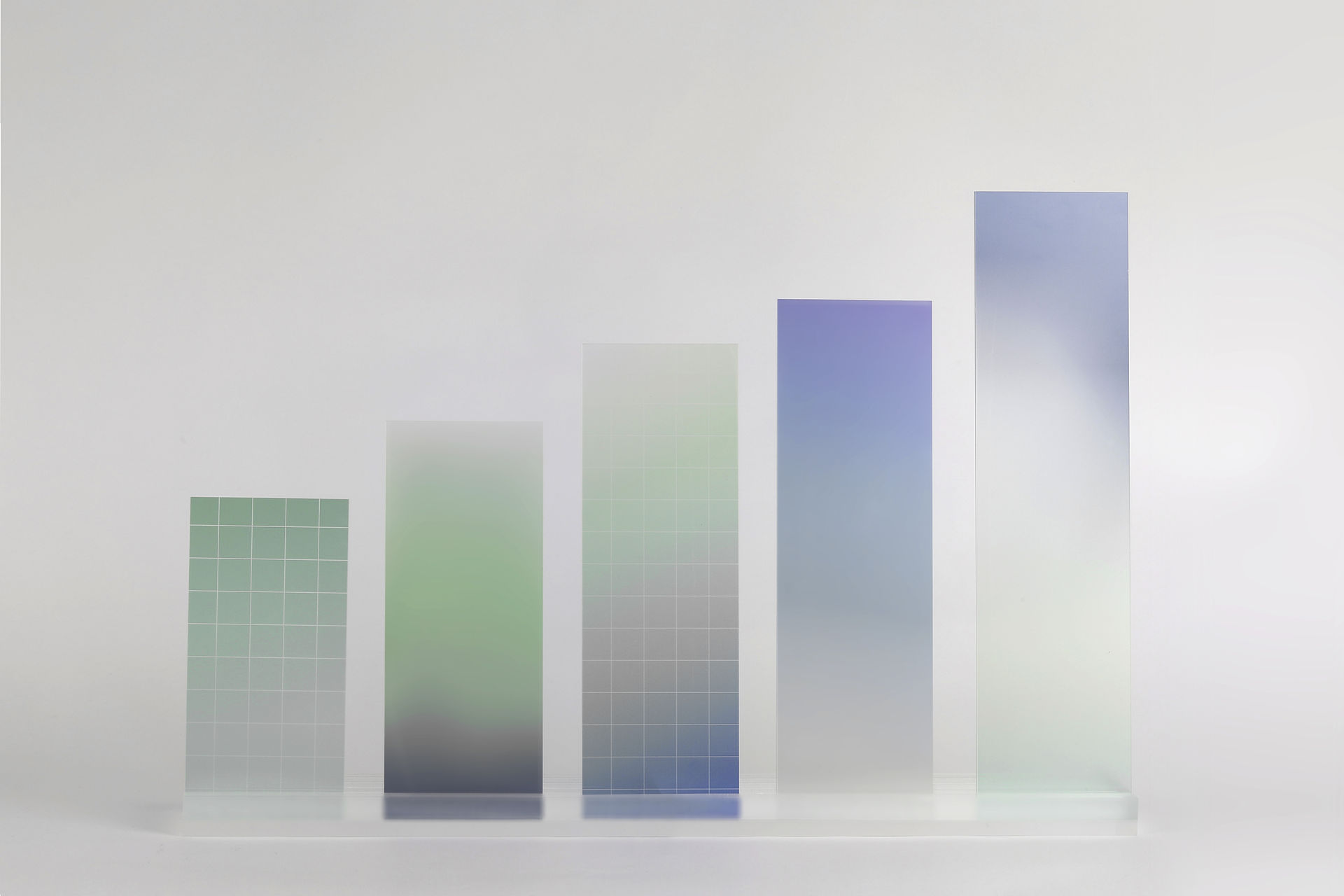
Vietnamese Lacquerware has a history dating back around two thousand years. In Phu Tho Province, in Northern Vietnam, resins are harvested from the Rhus Succedanea Tree and converted into natural lacquer, which is then applied to paintings and fine art. The traditional lacquer process, as practiced in Vietnam, is complex and requires 75 to 115 days to complete each piece. In the multi-step process, any imperfections in the wood are first sealed with lacquer. The wood is then covered with cotton gauze and coated in a thick mixture of sawdust, alluvial soil, finely ground rock, and lacquer. After drying it is sanded smooth under water. It is then painted with a mixture of alluvial soil and lacquer and wet sanded. The coating and sanding process is repeated at least two more times. At this point the artwork is applied to the piece by hand using any combination of paints, seashell, mother of pearl, eggshell, and other materials. The areas of the piece without artwork are painted with solid lacquer, while the areas with design are coated with a special clear lacquer. The artwork is then entirely coated at least two more times with clear lacquer and finally highly polished with wax.
You are looking at a collection of lacquer art, made by special order of Asia2you with the best quality and artistic designs. They are made specifically to resist the cold weather in the north America and Europe.
Vietnamese Lacquer Art































































































